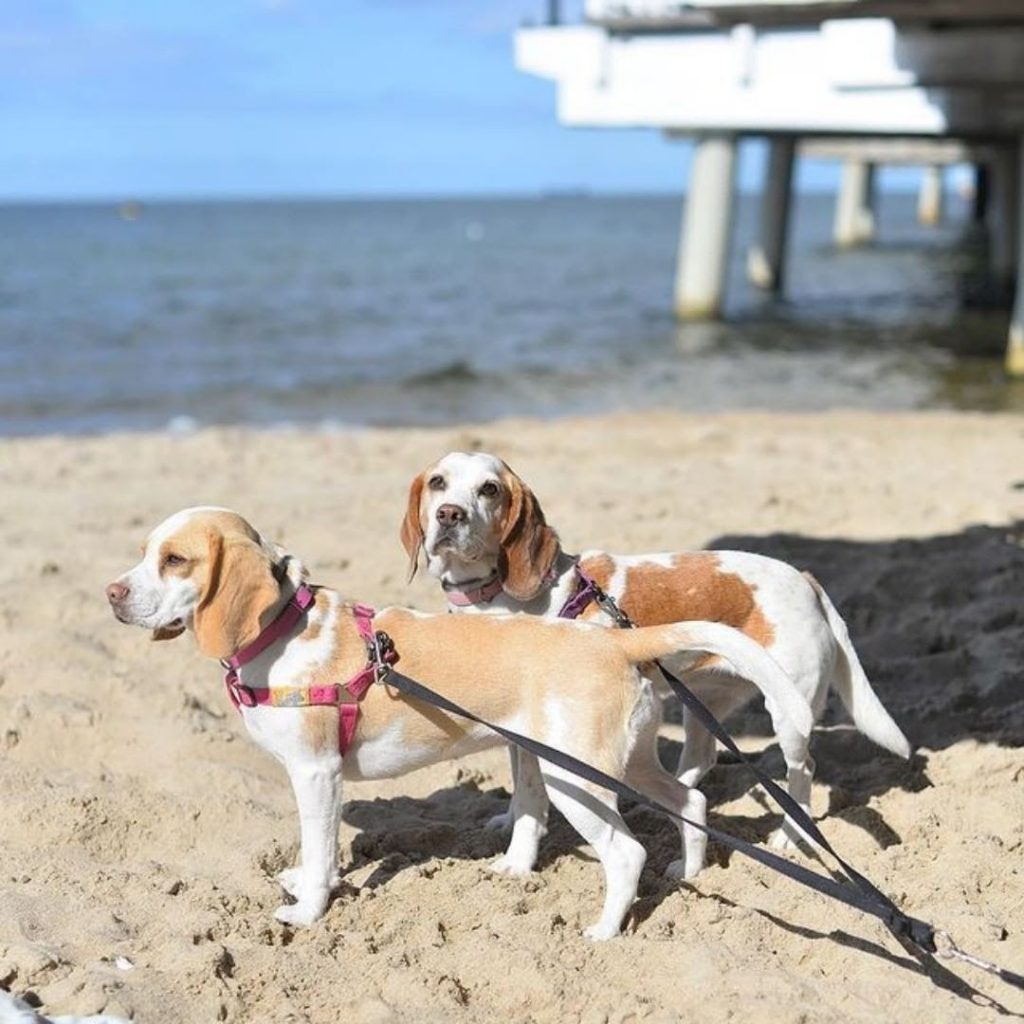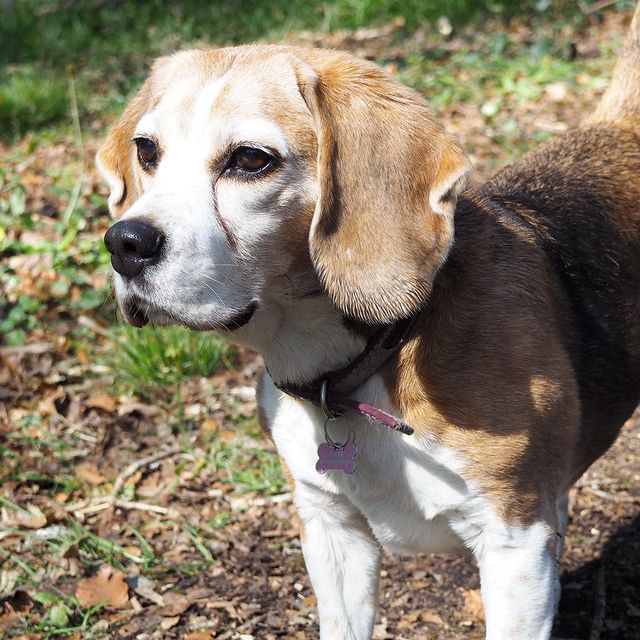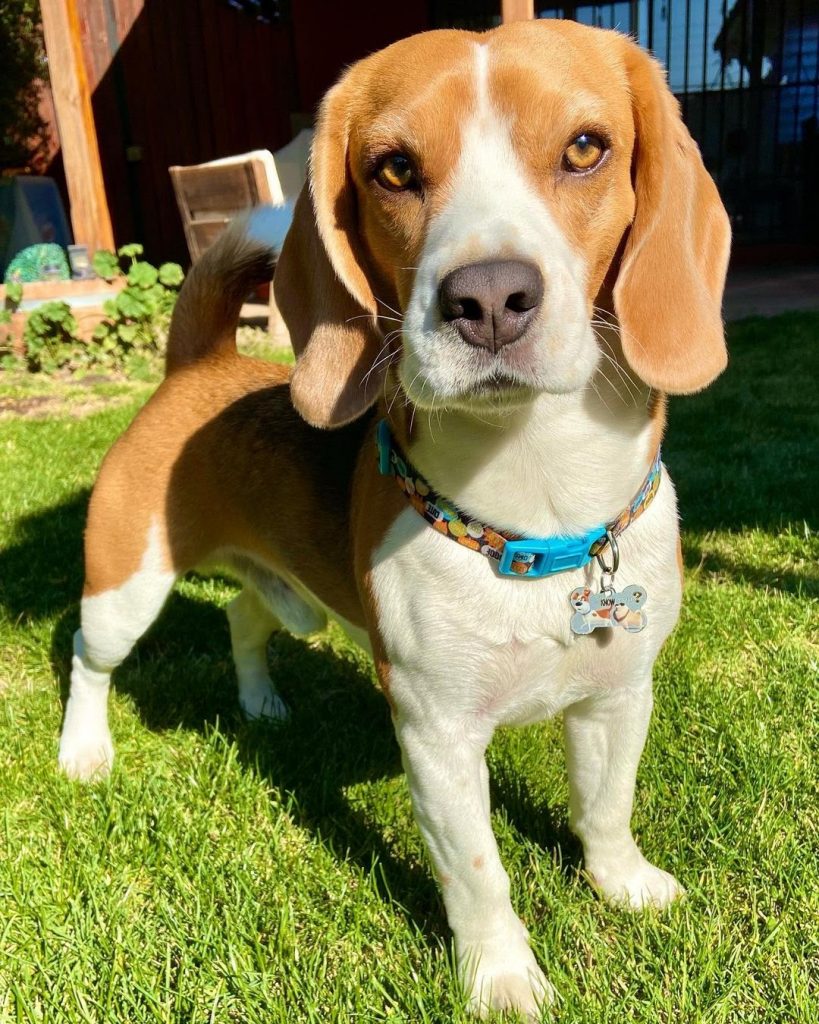English Beagle vs American Beagle: Physical Characteristics and Differences
There is so much adoration toward the 6th most popular dog breed in America namely the Beagle. His alluring and deep set of eyes that can capture anyone’s interest are indeed unavoidable causing thousands of dog lovers to settle with this type as their life companion. If you are one among the others who just recently knew the Beagle breed, researching further about him is crucial.


And by doing so, you will eventually come across terms such as the “English” and the “American” Beagle. Honestly, lots of people are led on to assumptions regarding these ‘two kinds’ and would often ask about their differences.
To straighten up misunderstandings, this article will put into detail what an English and American Beagle is including their variations in all aspects. Keep on reading!
Table of Contents
Are English and American Beagles Different Breeds?


No, both types of dogs belong to only one breed, but different kennel clubs might place different standard looks for their ‘ideal Beagle’. The English and American Beagles only exist as the ‘kinds’ that you can choose from should you decide to get one for yourself with dog shows as your ultimate objective for owning this dog.
Noticeably, the English Beagle has been named after his location- the United Kingdom. Meanwhile, the American Beagle is bred in the United States. By that remark, since kennel clubs are present in different countries, each one will embody a certain merit that might not be contained by the other.
The Kennel Club (TKC) has set a certain caliber that must be observed by a Beagle. Clearly, if a Beagle is born in the UK, he has to adapt to the ideal appearance recognized in British dog shows. As for the American Beagle, he has to strive on sticking to the desired features laid down by the American Kennel Club (AKC) for him to be particularly considered show quality.
Aren’t All Beagles Originally English?
Yes, they are, but this hasn’t been solidly proven yet although some documents lead us back to England. Nevertheless, the people involved and the historical events that transpired paved the way for an American Beagle version to be actualized. Through General Richard Rowett from Illinois, a few of the old version which is the English Beagle has been imported to America. The sole purpose of his enthusiasm for the dog was mainly for his motivation to develop it into a more quality breed.
It was in the 1870s when he started to enhance the said bloodline. The results of this venture have formed the first American breed standard which he, along with his colleagues, have formulated 17 years later. His attempt to revamp the old Beagle became fruitful when the American Kennel Club started to recognize it in 1885.
AKC vs TKC: The Beagle’s Standard Appearance


Considering that both the English and American Beagles conform to different standards, below will give you a clearer description of how the AKC and the TKC describe their ideal breed, especially if you’re thinking of making your Beagle join either American or English dog contests.
Head & Skull


English Beagle (TKC): The head is reasonable in length without coarseness unless it’s a female. Generally, the breed should be free from any wrinkling. The Beagle possesses a dome-shaped skull that is moderately wide and an obvious slight peak where the stop equally divides the occiput and the tip of the nose. The jaw is square and the muzzle is not long and lean. Lips are well-flewed.
As for his nose, it is preferably black except if the hound is light in color. His nostrils are fairly wide.
American Beagle (AKC): The skull must be justly long, broad in the upper area with a full look. It is slightly domed at the point of the occiput. The muzzle is neither short, long, nor snipy and the jaw is ideally square. The lips should not be flewed while the nostrils are widely open.
Eyes
English and American Beagle (TKC & AKC): The eyes must be set apart from each other moderately and must be large, neither bulges nor are set deeply. The look has to give off a combination of pleading and a gentle vibe. Eye color should only range from hazel to brown.
Ears


English and American Beagle (TKC & AKC): His ears are long enough to reach the tip of the nose if drawn out without stretching them. They have to be rounded in the tip, fine in texture and hanging regally on the sides of his face.
Mouth
English Beagle (TKC): Lower teeth are ideally overlapped by the upper teeth or have a scissor bite. These are what structures his square-shaped jaw although there is a slight presence of thick drooping side lips .
American Beagle (AKC): There should not be any profusely thick side lips showing.
Neck
English Beagle (TKC): The neck should be long enough to enable the Beagle to lay low in tracking down scents. It has a slight curve and a bit of a dewlap or jowls (excess or loose skin) on the lower neck to help trap smells.
American Beagle (AKC): Medium in length and should look easy yet sturdy from the shoulders. There should be no presence of extreme excess skin. The only exception is a slight wrinkle below the jaw as this enables the Beagle to perform its scenthound duty.
Forelegs


English Beagle (TKC): shoulders must be relaxed and not too muscly or loaded. Forelegs are straight and proportionate to the body in substance. Elbows are firm to the touch and must neither point outward or inward. The length of his legs from the elbow is usually half the height at his withers.
American Beagle (AKC): Forelegs are straight while the bones are thick enough to hold the entire body well. Certain defects in the areas are crooked legs, wide and open paws, and outward elbows.
Hips, Thighs, Hind Legs, and Paws
English Beagle (TKC): Hips and thighs display power and sturdiness, should be muscly. The thighs have the look of getting the Beagle to get moving without any difficulty. Hocks should be moderately bent, firm, and symmetrical. Defects can be in the forms of an open foot, cow hocks, or straight hocks, and lack of muscle in areas.
American Beagle (AKC): Feet is round and closed. Paw pads are preferably hard and full to the touch. Defects may include hind legs that have knees that are bent backward or forwards, open feet that are long and spreading, and forelegs that resemble that of the Daschund.
Body


English Beagle (TKC): His topline is normally leveled and straight with a chest that curves down to his elbows. His flank or the muscular part of the dog’s lumbar area is short but poised. His loin is described to be supple and powerful.
American Beagle (AKC): Chest is labeled to be broad without posing as an obstacle when it comes to free play. The back description is short but powerful. His loin curves backward giving better definition and division of an area between it and the ribs. The ribbed part exhibits the abundance of the lung room in terms of space.
Tail


English Beagle (TKC): It is moderately long and does not curl forward nor backward. The tip ends up in white and has sufficient hair covering it.
American Beagle (AKC): The tail usually stands reasonably high and exhibits well the merry nature of the pooch. It doesn’t go forward from the back but may have a slight curl to it. If compared to the body, the tail is short but continues to give off a balanced look.
Coat
English Beagle (TKC): Coat must be short, dense, close to the body, and weatherproof. No bald patches or unusual textures.
AMerican Beagle (AKC): The hound coat can be hard if felt and is medium in length. If the Beagle has a soft and thinning coat, these can be grounds for a defect.
Color
English Beagle (TKC): Accepts all hound colors except for the liver one.
American Beagle (AKC): Recognizes all of the natural hound colors.
Size
English Beagle (TKC): The English version has 1 size only for the Beagle breed. The desired height is 13 inches at a minimum while 16 inches is the limit.
American Beagle (AKC): The American standards for the Beagle recognize two sizes: the 13-inch and the 15-inch hound. It’s considered a defect if the Beagle exceeds 15 inches.
Basic Care: Do English and American Beagles Have the Same Needs?


Yes, they both do, generally. Remember that these two kinds of Beagles come from the same lineage only that they are born in different countries and they conform to different standards. With that, grooming should be done thoroughly such as a twice a week brushing of the coat, regular trimming of nails, brushing of the teeth, and checking for ear infections.
They are both prone to common diseases that befall the Beagle breed which may include obesity, cherry eye, hypothyroidism, hip dysplasia, and Beagle dwarfism. Most of these are curable with the assistance of a reputable veterinarian.
Food must be of high quality too to further the good health already bestowed in a well-bred Beagle. You can ask for advice or tailor diet plans with the vet for a more personalized health and nutrition guide.
As for the exercise, you have to consider the size of your Beagle dog. On average, larger-sized dogs need more exercise than those who are smaller. You have to observe well the activity level of your Beagle pup too to determine if he’s active or a couch potato.
If the dog exhibits laziness, he needs to be encouraged more to go out and exert energy. Limited physical movements would eventually lead to obesity and this can further damage your dog’s well-being.
How Much Does an English and American Beagle Cost?
The price for an English Beagle pup increased dramatically in just a short period of time. The pandemic is the primary factor for this and caused huge inflation making the usual £563 into an average price of £1,414 – a 151% increase! With that in mind, the dog market is booming so much that some irresponsible breeders found this as a perfect opportunity to earn more cash. Lots of Beagles are illegally imported into the UK due to the high demand.
Beagle rescues in the UK are much cheaper ranging from £135 for adults and £200 for puppies that are below six months.


As for the Beagle price in America, it initially starts at $400 and can even rise to a thousand dollars. Depending on the dog’s lineage superiority, breeders may either increase or decrease the price point. Also, be wary of breeders who try to sell out rare-colored breeders at very expensive prices. Responsible and trusted ones will most likely not put that as a price factor.
An American Beagle rescue will only cost around $300. This fee mostly covers veterinary expenses such as microchipping and neutering.
Which Beagle Should I Get?
Only you could decide! Both the English and the American Beagle aren’t vastly different except for how they measure and look in parts where they might differ. If you are solely looking for a family companion, either of the two is great. If you can, why not get them all together?
The Beagle breed is one among the top choices of families who consider getting a dog as an addition hence the popularity.
If you want your future Beagle to compete in dog shows, then perhaps you’d have to consider which one to get. If you want your adorable and amiable pet to join dog shows in the UK, then an English Beagle is suitable. The same applies to the American doggy!
